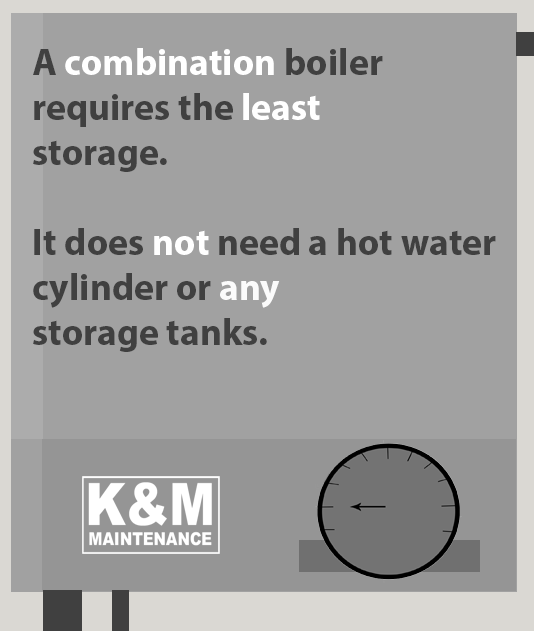Different boiler types have a range of advantages and disadvantages when compared. As a result, shopping for a new boiler and choosing between the boiler types, can be complicated. Here at K and M Maintenance, we are Preston based boiler experts, providing excellent service across the North West. As a result, we have produced this guide to comparing boiler types.
Storage
- A conventional boiler requires 2 storage tanks. One tank keeps the water level of the central heating system topped up. The second tank feeds the hot water cylinder. Both of these tanks will need to be stored in the loft. In addition, a conventional boiler requires a hot water cylinder. This will take up more storage space again.
- A system boiler requires a hot water cylinder only, and does not make use of any storage tanks in the loft or elsewhere. As a result, it saves space compared to the conventional boiler.

Multiple taps and water pressure
- A conventional boiler can supply hot water to more than one tap in the home at the same time. This can be done without any drop in pressure at all, thanks to the hot water tank. However, once the tank runs out of hot water you will need to wait for it to be reheated.
- A combination boiler on the other hand, will struggle to heat more than one tap in your home. However, as the water comes straight from the mains, the water pressure will often be better than a conventional boiler.
Ease of installation
- A conventional boiler requires a lot of pipework. This is because the pipes have to go between the two different water storage tanks as well as the hot water cylinder, the boiler and the rest of the home. As a result, it can be more tricky to install, and take more time. However, if the initial framework is already there, it shouldn’t be too much of an issue.
- A system boiler requires less pipework than a conventional boiler and can be easier to install.
- A combination boiler on the other hand, requires the least amount of pipework. As a result it is often the quickest and easiest installation. Unless of course you are switching from a conventional boiler. In that case the existing pipework would need to be removed, as well as the tanks and cylinder. This would make it a more complicated installation.
In summary
We hope this guide to comparing boiler types will help you make difficult decisions regarding your latest boiler purchase. If you need more help or support, why not contact us at K and M Maintenance today?
